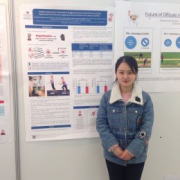
The ISH is positively committed to opposing discrimination against people on the grounds of gender, race, colour, nationality, religion, marital status, sexual orientation, class, age, disability, having dependants, HIV status or perceived lifestyle.
Our latest tweets
Follow us @ISHBP to keep up to date with the latest offers and news
📢 We are excited to announce the Scientific Programme for our 2024 Meeting in #Cartagena #Colombia, 19-22 September.
Find out more about our innovative programme that addresses current and future challenges in #hypertension:
🔗https://ish2024.org/scientific-programme/
@ish_2024
🎥Watch: ISH Treasurer Fadi Charchar invites you to #Cartagena #Colombia to join our 2024 Scientific Meeting and explore everything the city has to offer, including its history, architecture, and food!
Visit the meeting website: https://ish2024.org/
Nominations for ISH awards for 2024 are now open!
Awards will be presented at our upcoming Scientific Meeting in Colombia @ish_2024, 19-22 September 2024.
Deadline for nominations: 31 May 2024.
View the awards brochure and download the nominations form: https://ish-world.com/ish-awards-prizes/
Find your perfect stay in Cartagena de Indias!
Why book with us?
✅ Best Rates
✅ On-site Support
✅ Safe & Comfy Stays
Book your accommodation in the following link➡https://ish2024.org/accommodation/
#Cartagena #ish2024 #Accommodation #congress
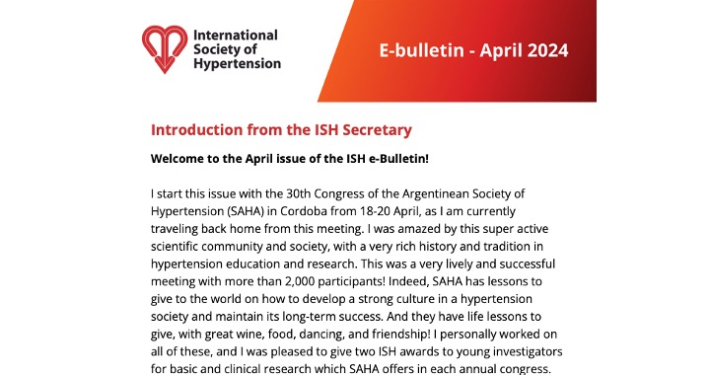
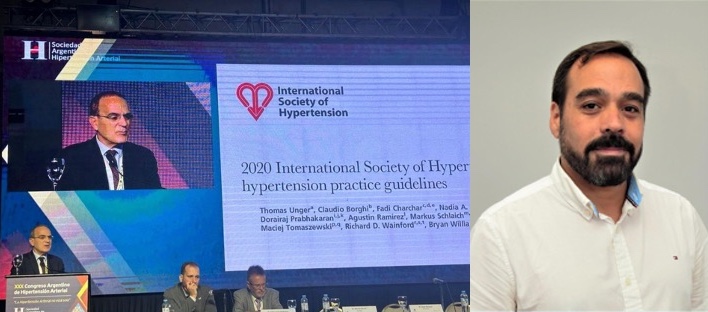
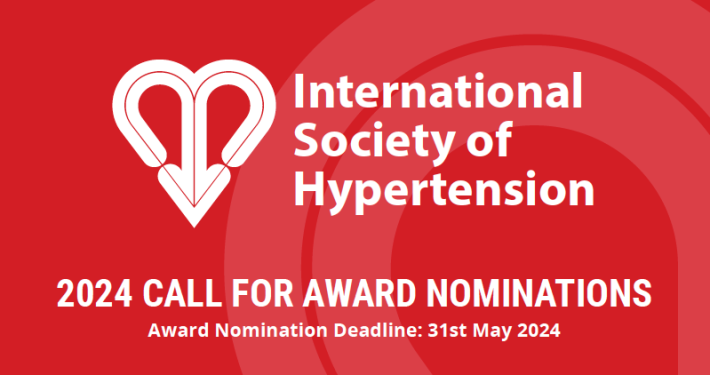
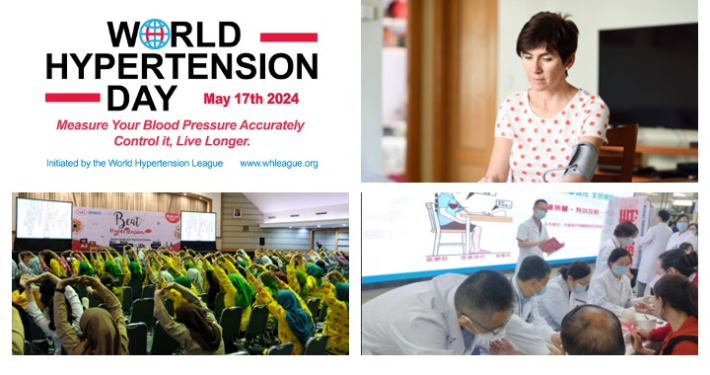




Our Corporate Members
Companies wishing to become Corporate Members of the ISH should contact the Secretariat for further details >> secretariat@ish-world.com
© 2023 International Society of Hypertension. All rights reserved. | Terms & Conditions | Privacy | Home | created by eb-webdesign.com







